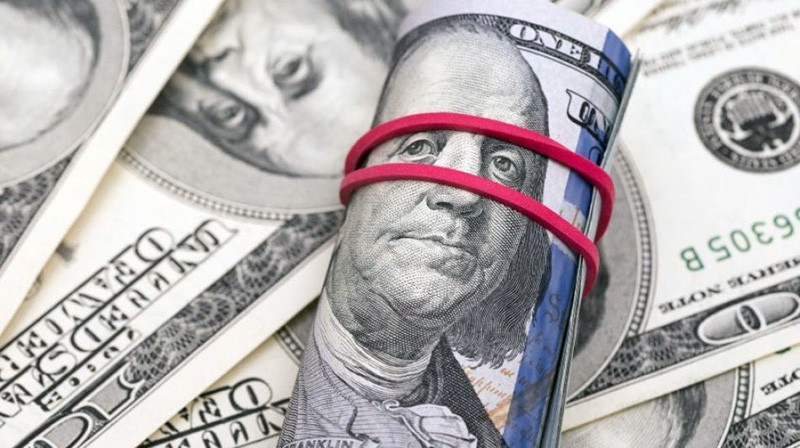
The beginning of this year was perhaps the worst for risky assets led by US stocks and the euro since the COVID-19 outbreak.
The sell-off on Wall Street, which took place for five months and was accompanied by sharp intraday fluctuations not seen since March 2020, not only excited investors' imaginations, but also went far beyond the usual recession.
High inflation, the military conflict in Ukraine and long-term supply chain problems caused by quarantine due to COVID-19 in China hit stocks, and the S&P 500 index was on the verge of a bear market.
Fears were added to the fire that the US Federal Reserve would not be able to fight inflation without a significant increase in unemployment, and if the central bank raised rates too much and too quickly, it would lead to a recession. A slowdown in economic growth, in turn, will hit consumer spending and corporate profits hard, which is likely to lead to an even greater drop in major stock indexes.
Deutsche Bank analysts warned that eight of the last 11 Fed rate hike cycles ended in recessions. At the same time, they noted that there are practically no typical signs of a recession, in addition to the positioning of stocks, and economic data remains relatively stable so far.
However, this did not calm the alarmed investors, who pushed the US dollar to the highest values since December 2002 last month in the region of 105.00 points.
Meanwhile, the euro, which has been falling almost continuously against the US counterpart since January, set a five-year anti-record in the area of 1.0350.
However, then the S&P 500 rebounded from more than a year's "bottom" and ended May in the black, extending a helping hand to the EUR/USD pair, which was able to recover from the lowest levels since January 2017.
This was largely facilitated by talk about the passage of the peak of inflation in the United States, a possible pause in the Fed tightening cycle and a rate hike from the European Central Bank in July.
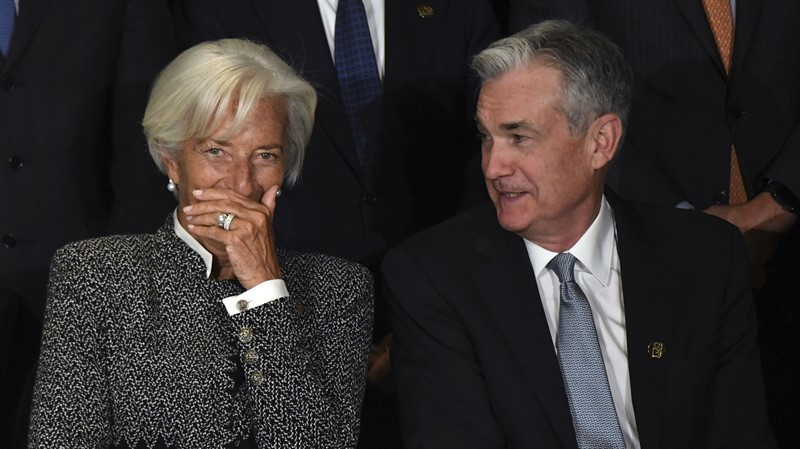
The rebound in risky assets triggered the dollar's retreat from two-decade highs by more than 3%. This led many analysts to talk about the interrupted bullish trend of USD. But most experts think it's too early to discuss it.
According to them, the unique combination of the dollar as a safe haven and a way to profit from higher interest rates is unparalleled and will not be displaced in the near future.
"I can read reports on the screen that talk about the return of risk, and stock market analysts are enthusiastic again. I'm not buying it. These are just small bright spots among the bad news, and the dollar sell-off in these conditions will be relatively short-lived," said Jane Foley of Rabobank.
"The dollar provides security and profitability," said Jamie Fahy of Citi, adding that Fed officials still look like outstanding hawks compared to their counterparts – the ECB, the Bank of England and the Bank of Japan.
Almost two-thirds of experts interviewed recently by Reuters believe that the strategy of opening long positions on the dollar and short positions on major currencies will dominate trading over the next three months.
The latest positioning data from the Commodity Futures Trading Commission (CFTC) showed that speculators hold a net long position on USD. It is expected that this trend, which began almost a year ago, will continue.
According to forecasts, the dollar will weaken against its main competitors over the next 12 months, but none of them is expected to be able to compensate for its annual losses.
In particular, the single currency will grow by about 4.0% and reach $1.11 per year. But for many years it has been moving in the opposite direction.
"When we move to long-term forecasts, namely three-year and five-year horizons, we tend to shift forecasts towards fair value levels," said Jane Foley of Rabobank, explaining this ingrained opinion.
According to the bank, the demand for safe havens is likely to remain elevated in the coming months. This leads experts to think about further strengthening of the dollar, which could send the EUR/USD pair to recent lows.
"The function of the US dollar as a safe haven currency suggests that it will remain in force for a longer time. We see the likelihood of another attempt by EUR/USD to attack the recent lows around 1.0350 in the coming months and observe the potential for only very moderate growth towards the area of 1.1000 in the 12-month perspective," Rabobank said.
On the first day of summer, the greenback rose by 0.8%, demonstrating the largest increase in a month and pushing the euro to 10-day lows around $1.0630. The single currency remained in the background, tracking the decline in risk appetite.
On Wednesday, the key Wall Street indexes fell by 0.5-0.8%, failing to find a reason to resume growth.
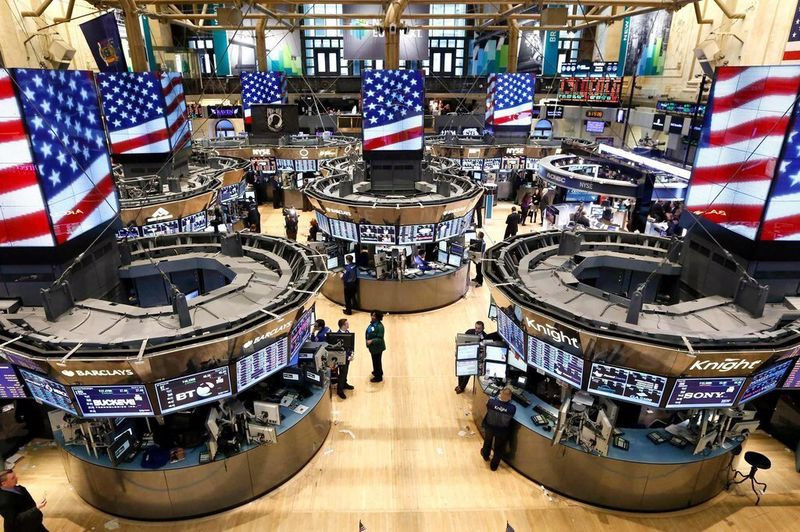
Paradoxically, a negative factor for the market was the strong data on business activity in the US manufacturing sector, which, according to investors, increased the likelihood of a more aggressive tightening of the Fed's monetary policy.
The Institute of Supply Management (ISM) published a report that reflected that the manufacturing PMI in the country rose to 56.1 points in May from April's 55.4 points.
A separate release showed that although the number of vacancies in the United States declined in April, the indicator remained at a high level, indicating continued wage increases contributing to uncomfortably high inflation as companies struggle for workers.
Stocks are likely to trade sideways until inflation slows to the point where investors can actually bet on a pause in the Fed rate hike.
So far, numerous comments by representatives of the Fed about the need to raise interest rates prevent the market from rising to the short-term goals of an upward correction.
The day before, the head of the St. Louis Federal Reserve, James Bullard, once again called on his colleagues to raise interest rates to 3.5% this year in order to slow down the growth rate of inflation, which is near the highest in four decades.
The Fed should raise interest rates as soon as possible to a level that no longer stimulates the economy, San Francisco Fed President Mary Daly said on Wednesday.
"Let's get there as soon as possible," said Daly, referring to the transition to a neutral rate – a level that does not accelerate or limit economic growth and which she estimates at 2.5%.
The tough rhetoric of the Fed representatives contributed to the strengthening of the dollar to the detriment of the single currency, which also suffered due to the fact that weak retail sales in Germany and a slowdown in manufacturing activity in the eurozone increased concerns about economic growth amid record high inflation.
According to data published this week, the consumer price index in the eurozone rose 8.1% year-on-year in May after an increase of 7.4% in April and against a projected increase of 7.6%.
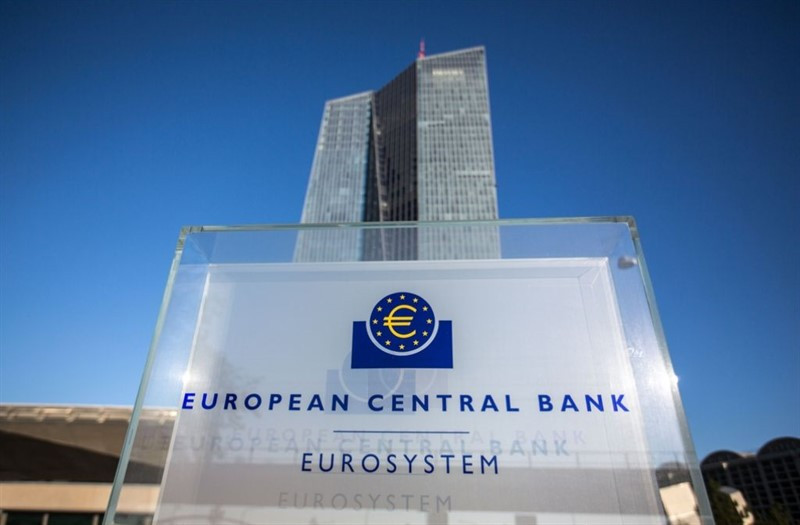
"Higher-than-expected inflation data in the region has again raised concerns about how high the ECB may raise rates in general. The main fear is that the actions of the central bank will inadvertently cause a recession," Equiti Capital analysts noted.
The latest decision by the European Union to extend sanctions on Russia's energy sector has raised concerns that this could only worsen the situation with rising consumer prices, making it uncontrollable. The fact is that the embargo on the supply of hydrocarbons from the Russian Federation can provoke a shortage of raw materials with a volume of 3.5 million barrels per day. In such a scenario, oil quotes are able to update multi-year highs, which in turn will push up inflation in the eurozone, as well as put enormous pressure on consumer activity in the region.
Reflecting these concerns, the EUR/USD pair lost more than 80 points yesterday and finished around 1.0646, which is only 0.15% higher than the 10-day lows reached earlier.
The pair managed to restore positive dynamics on Thursday, as news that Saudi Arabia may increase oil production reduced concerns about rising inflation and tightening monetary policy of leading central banks.
The positive was added by reports that China will ease some restrictions related to COVID-19.
Against this background, the USDX index, which reached the area of 102.75 at the moment the day before, went below 102.00 on Thursday.
"The dollar looks less weak than in recent trading sessions, but its attempts to rebound remain far from convincing," UniCredit analysts said.
The greenback's inability to make a more serious rebound may shift the focus to a retest of the low of the end of May at the level of 101.30.
However, while the three-month support line around 100.90 limits the fall, the short-term forecast for USD should remain constructive.
The key Wall Street indices, as well as the EUR/USD pair, are sending recovery signals today, which increases the pressure on the protective dollar, which has come under profit-taking after the recent rally. Over the past two trading days, the US currency rose by more than 1% against the euro.
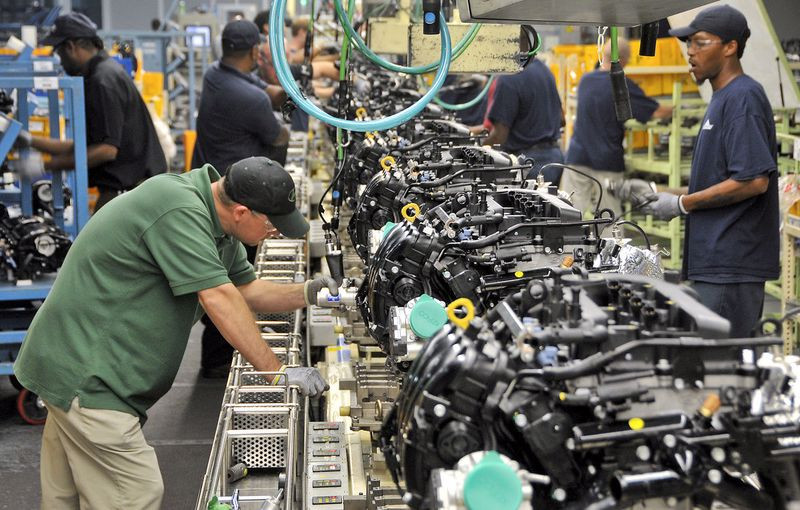
The weakening of the greenback was facilitated by a disappointing report from ADP, which showed that the number of jobs in private US companies increased by 128,000 in May, while analysts predicted an increase of 300,000.
Although the data coming from the EU were also far from encouraging, the euro reacted positively to the statement of the ECB representative.
According to Eurostat, the producer price index in the eurozone jumped to 37.2% year-on-year in April, while the March figure was revised upward from 36.8% to 36.9%.
ECB Governing Council member Francois Villeroy de Galo noted that inflation in the eurozone is too high and has too broad a base. "The normalization of ECB policy is necessary," he said.
The more consistently sounding hawkish ECB and the lifting of some restrictions against COVID-19 in China have neutralized the dollar's growth potential. However, it is too early to talk about the US currency reaching a long-term peak, Westpac strategists believe.
"Hopes for lifting restrictions in China, rethinking rate hikes in the US and a more determined ECB have neutralized the dollar's growth potential recently. The bigger risk, of course, is that the ECB will not meet expectations on rates, unlike the Fed. The USD index may drop to 100 in the near future, but it is too early to talk about the peak of a multi-month bullish trend," they noted.
Amid the strengthening risk sentiment, unfavorable to the safe haven dollar, the EUR/USD pair recaptures the area above the 1.0700 mark after two consecutive daily pullbacks.
The breakdown of the 1.0780-1.0790 area, where the May high and the three-month resistance line are located, should soften the downward pressure and cause a potential movement to the weekly peak of April 21 in the area of 1.0930.
However, in the long term, the bearish mood of the pair will prevail as long as it trades below the 200-day moving average at 1.1235.





















